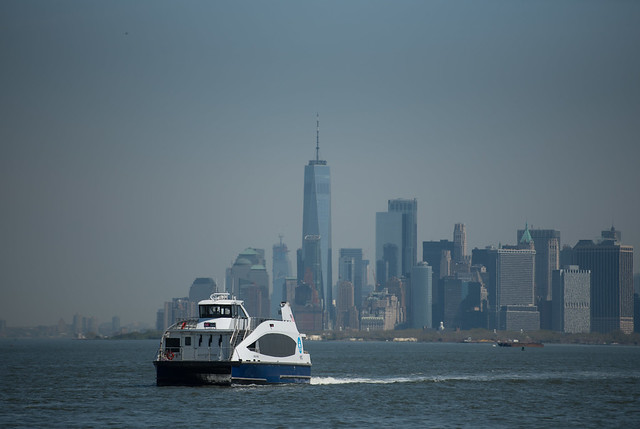I’m on vacation, currently in Marrakech after a week in France, so that’s why posting has gone silent. I’ll be back in the States later this week and will attempt to catch up on transit news. There’s been a lot happening lately, all worth some of our attention.
In the meantime, the MTA is finally set to unveil a new website on Monday morning along with a new app that’s supposed to unify and streamline the agency’s various online offerings. I first caught wind of this effort a few years ago and saw an early prototype of the app a few months ago. The bones for something useful were in place then, but the MTA bureaucracy has a way of stymying the best of technological intentions. The proof will be in the pudding come tomorrow.
In the meantime, read James Barron’s preview of the new app and a behind-the-scenes look at the MTA’s social media team in this Times article. It’s worth your time. I’ll have an in-depth look at the new site when in return, but feel free to share your thoughts in the comments to this post once the new site and MYmta app are public come late Monday morning.













